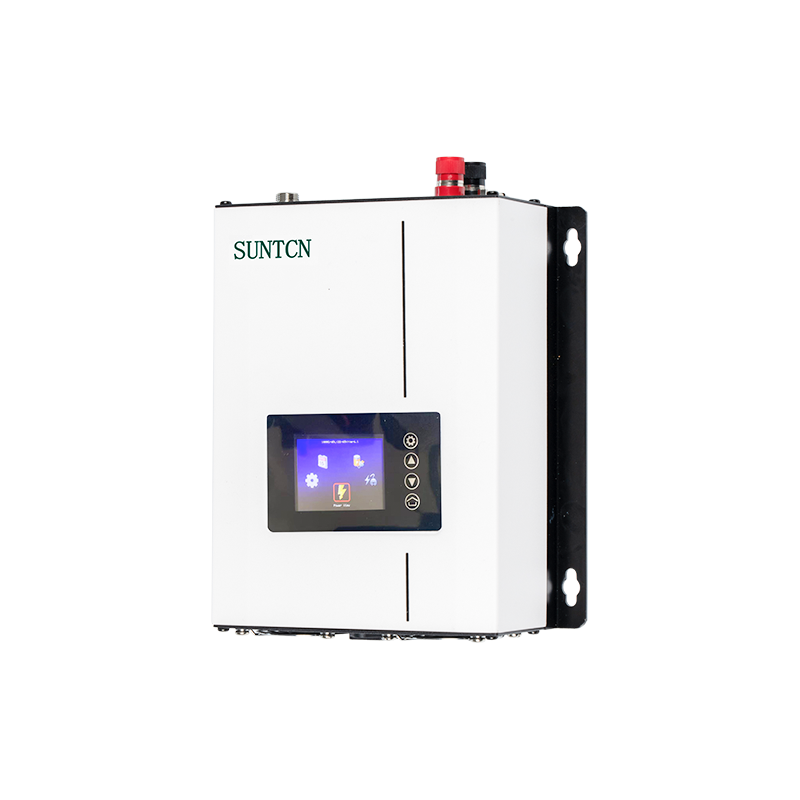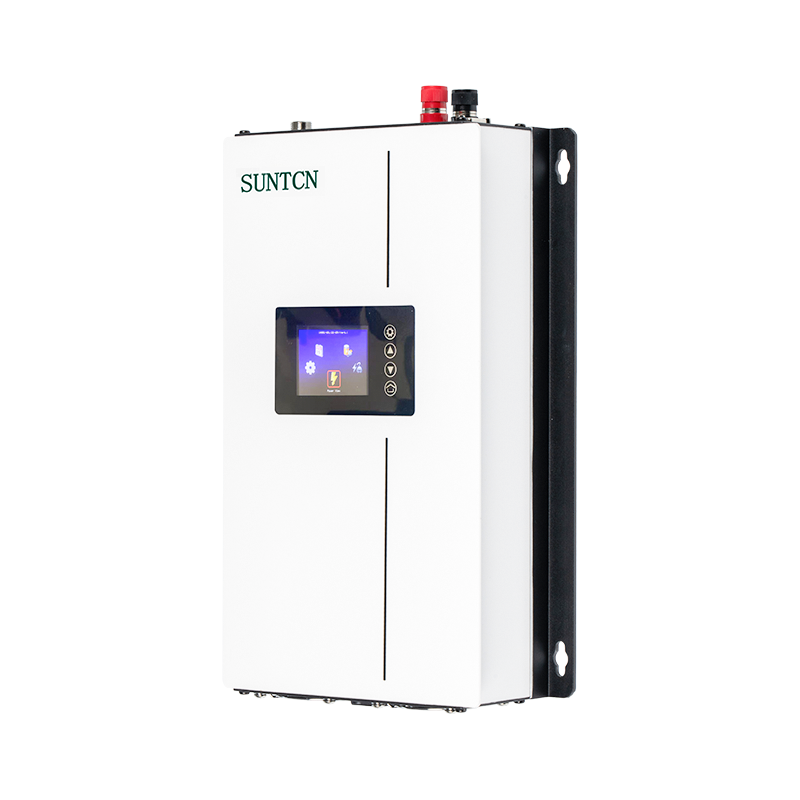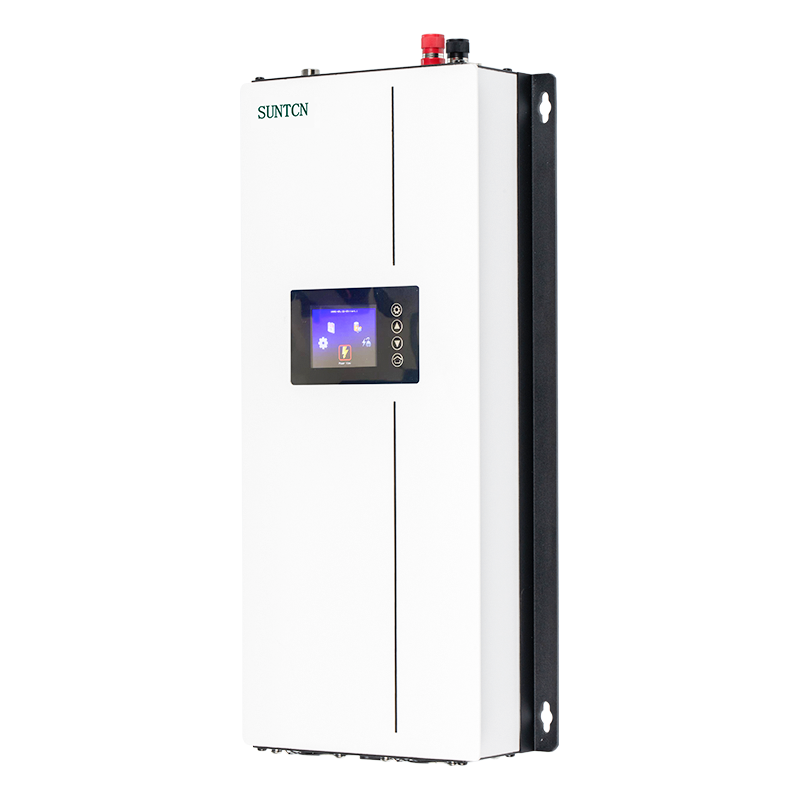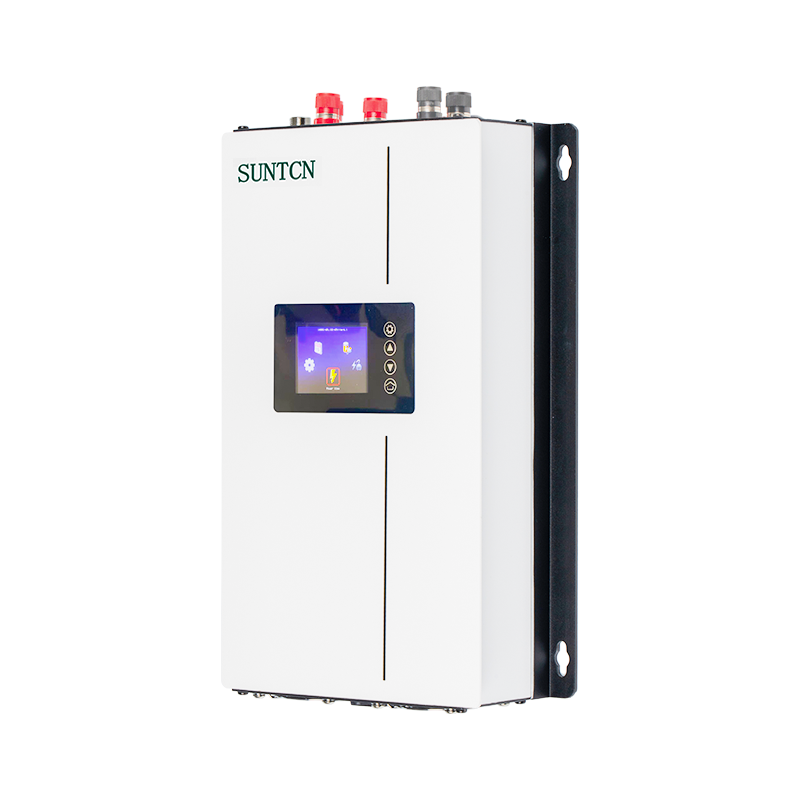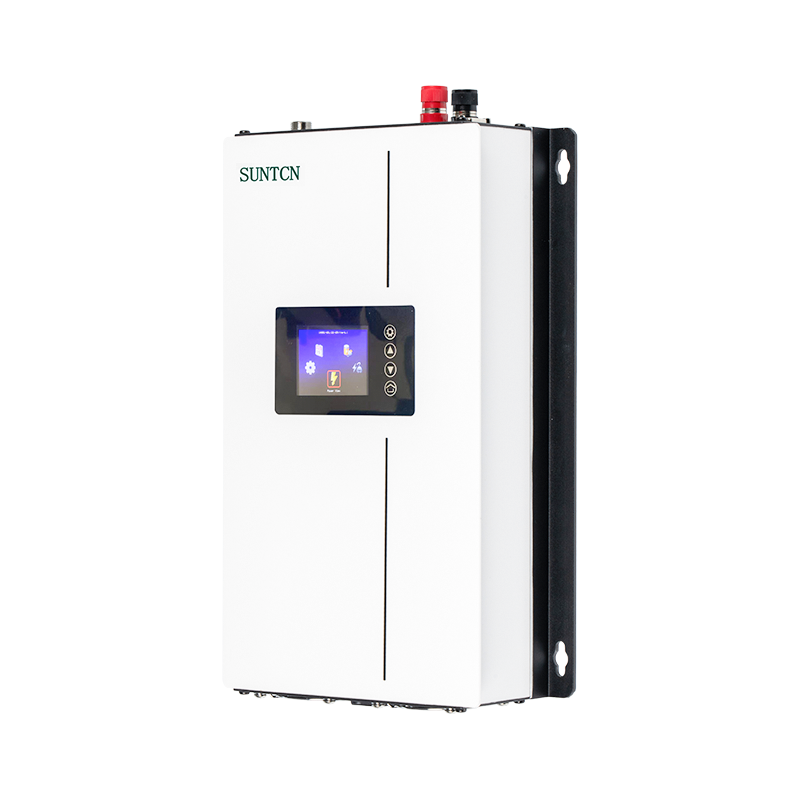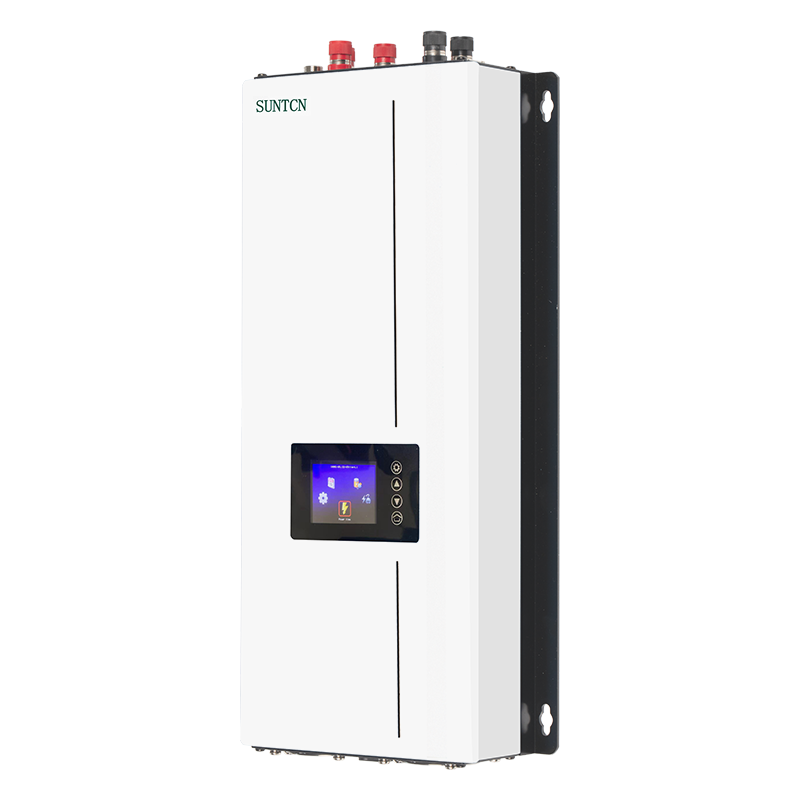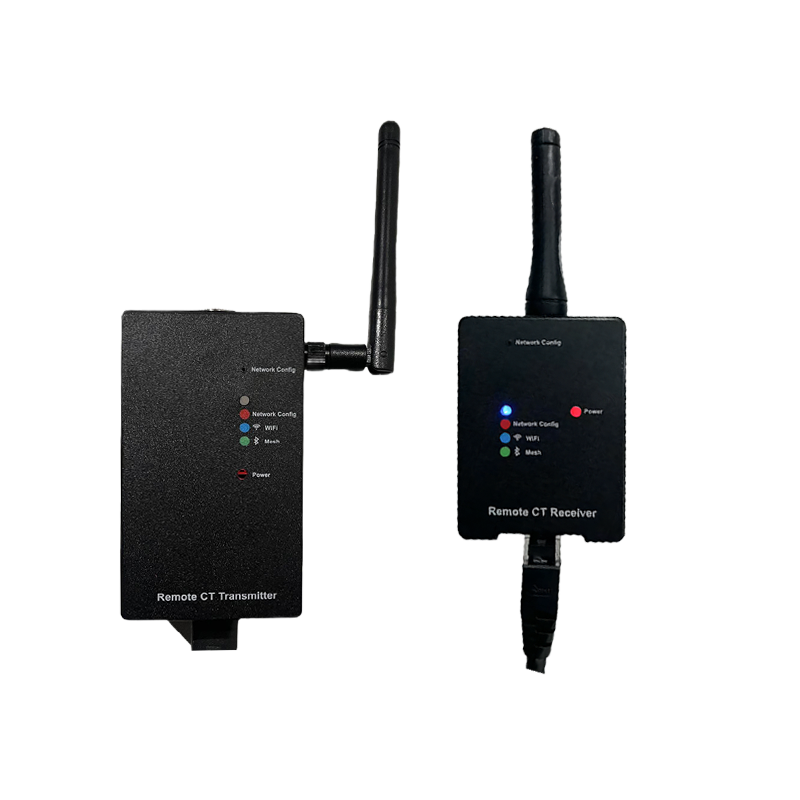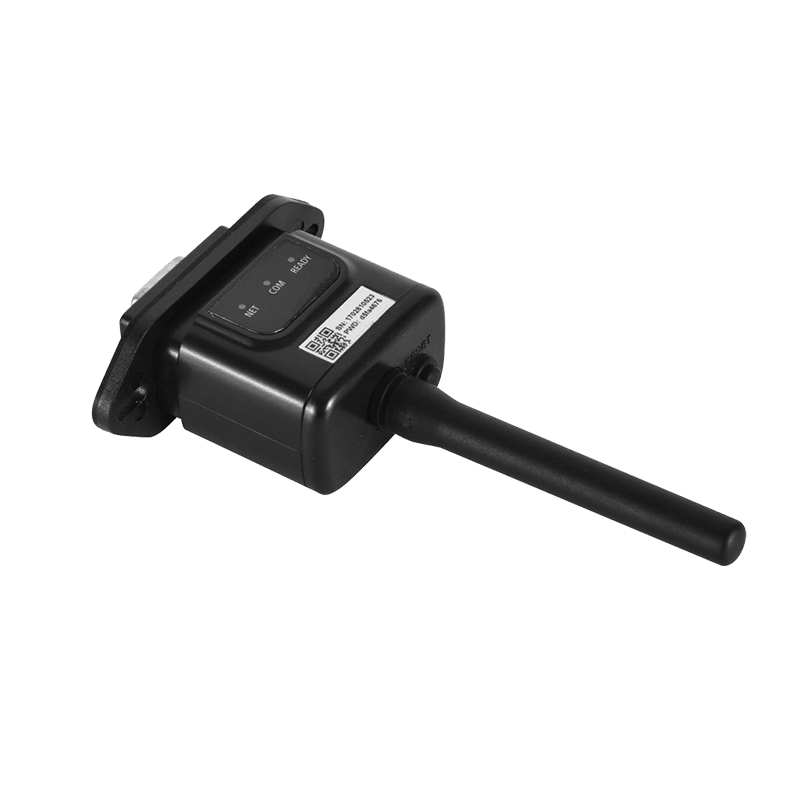Most modern wind grid tie inverters are equipped with anti-islanding protection. Anti-islanding protection is a crucial safety feature that ensures the inverter automatically disconnects from the grid during a power outage or when the grid is de-energized. This prevents the unintentional feeding of electricity into the grid, which can pose serious
safety risks to utility workers and damage electrical equipment.
How Anti-Islanding Protection Works
Anti-islanding protection mechanisms detect when the grid is no longer supplying power and take appropriate actions to disconnect the inverter. Here are some common methods used:
Active Methods:
Frequency Shift:
The inverter actively shifts the output frequency slightly. If the grid is disconnected, the lack of grid synchronization causes a noticeable change in frequency, prompting the inverter to shut down.
Impedance Measurement:
The inverter injects small disturbances into the grid and measures the response. If the grid is down, the impedance changes, triggering a shutdown.
Passive Methods:
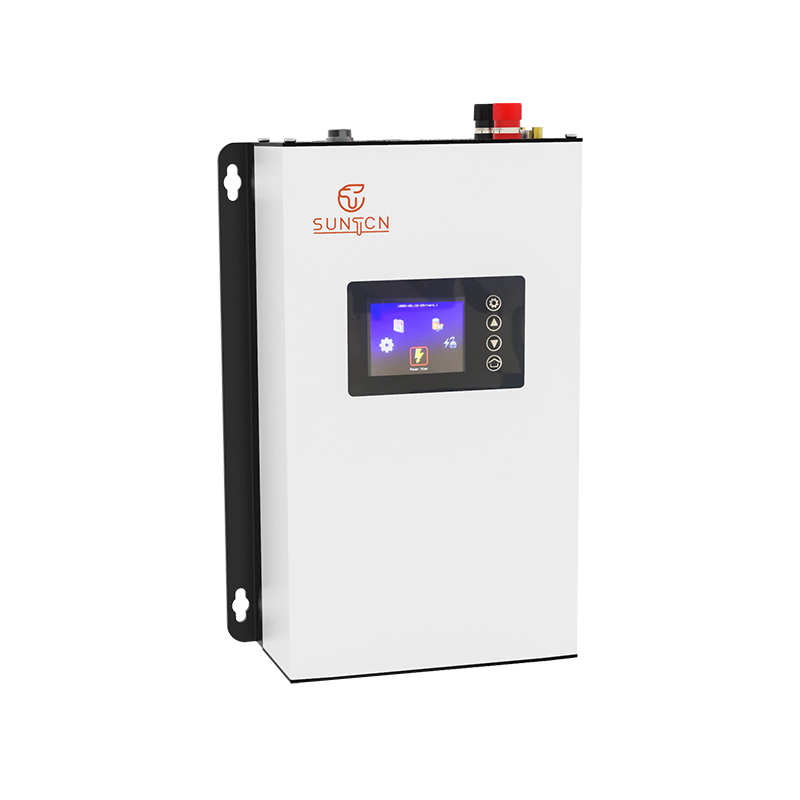
Voltage and Frequency Monitoring:
The inverter continuously monitors grid voltage and frequency. Deviations beyond preset thresholds indicate a possible grid failure, causing the inverter to disconnect.
Rate of Change of Frequency (ROCOF):
Detects rapid changes in frequency that occur when the grid is lost, prompting the inverter to cease operation.
Hybrid Methods:
Combination of Active and Passive Techniques:
Some inverters use a combination of active and passive methods to enhance reliability and ensure the inverter disconnects promptly in the event of grid failure.
Importance of Anti-Islanding Protection
Safety:
Prevents the backfeeding of power into the grid, protecting utility workers who might be repairing the lines.
Equipment Protection:
Avoids potential damage to electrical equipment and appliances that may not be designed to handle unsynchronized power.
Regulatory Compliance:
Compliance with safety standards and grid codes, such as IEEE 1547 in the U.S., which mandate anti-islanding protection for grid-tied inverters.
Verification and Testing
Factory Testing:
Manufacturers typically perform rigorous testing to ensure the anti-islanding features function correctly under various conditions.
Certification:
Certified by relevant authorities and standards organizations (e.g., UL, IEC) to ensure compliance with safety and performance standards.
Field Testing:
Regular field tests and maintenance checks to verify that the anti-islanding protection mechanisms are functioning as intended.
Wind grid tie inverters are generally equipped with robust anti-islanding protection to ensure safety, protect equipment, and comply with regulatory requirements. This feature is critical for the safe integration of renewable energy systems into the electrical grid. When selecting a wind grid tie inverter, it's essential to verify that it includes anti-islanding protection and meets the necessary safety standards.

 English
English Español
Español Deutsch
Deutsch